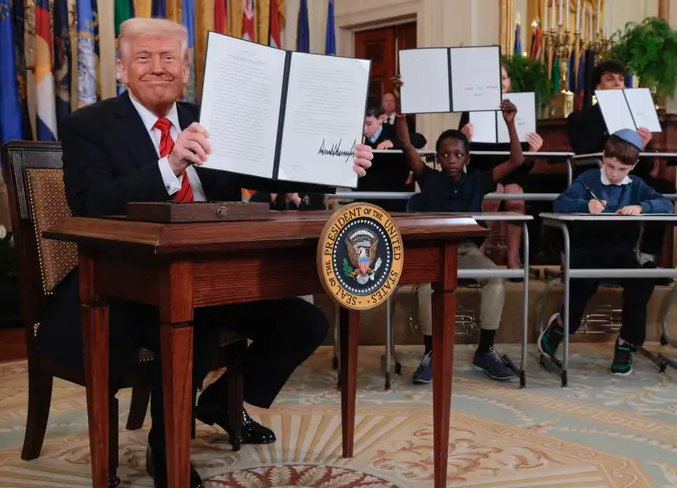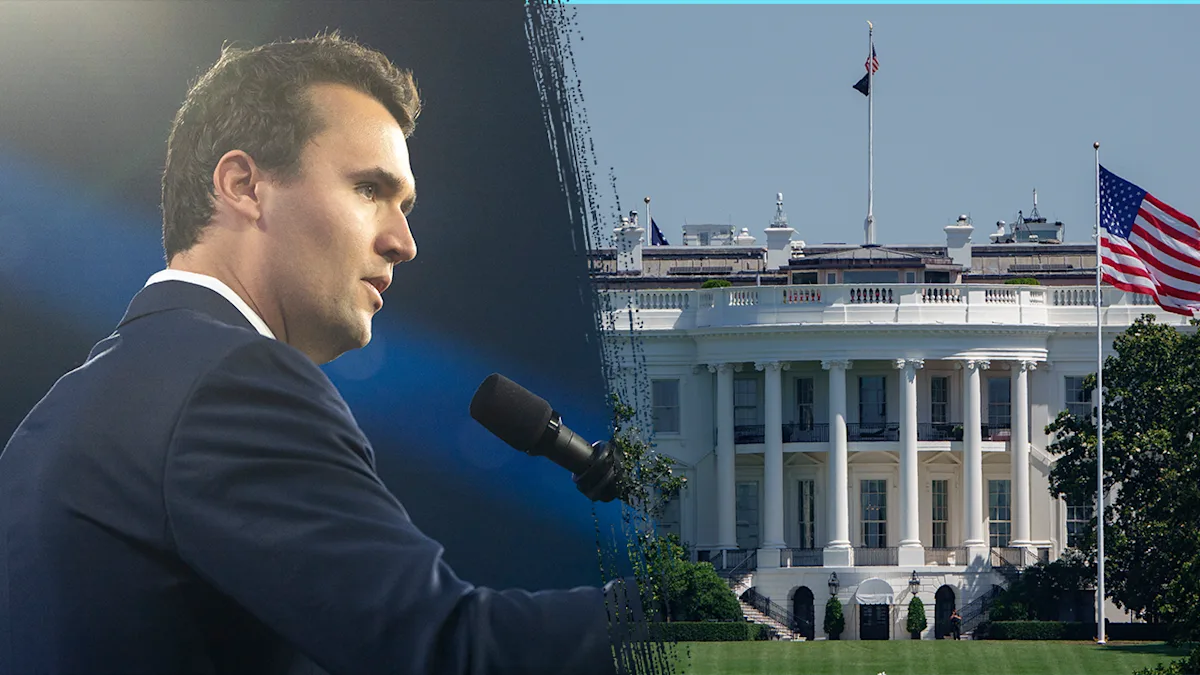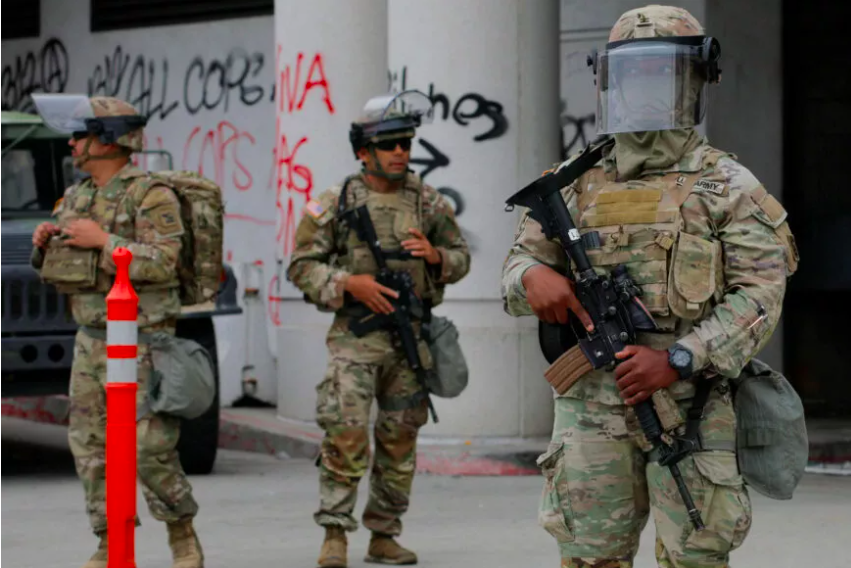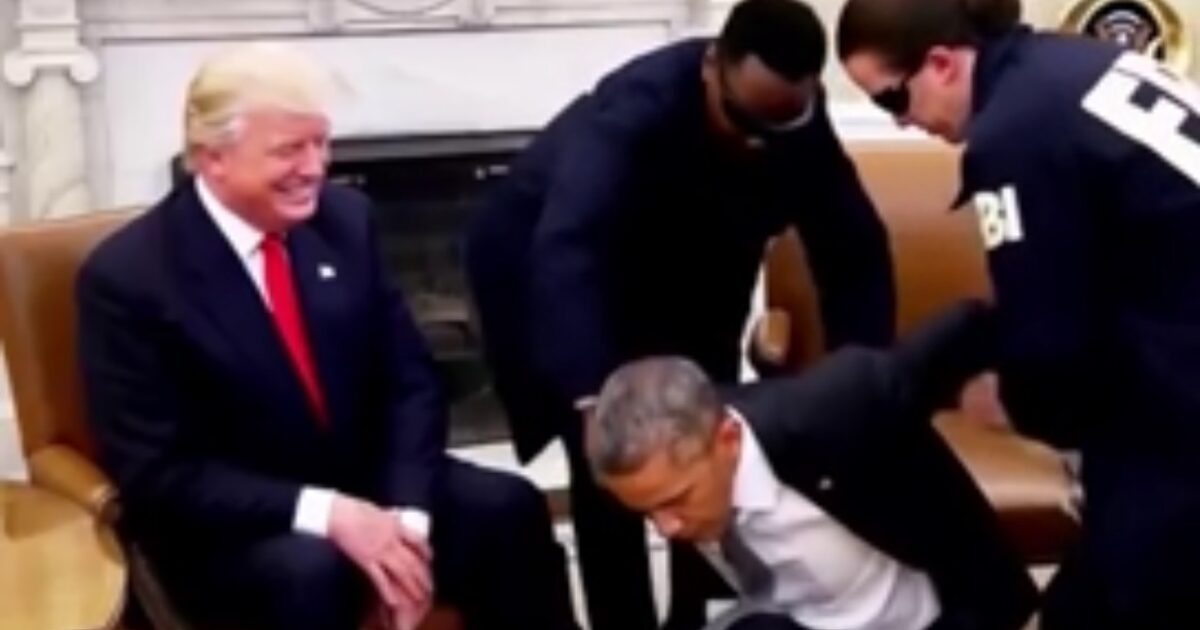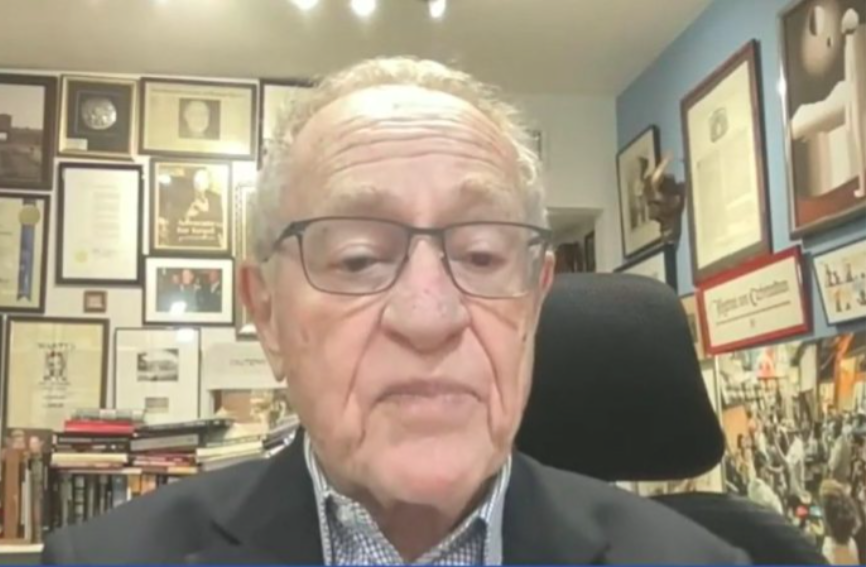Slowdown Slows Momentum Toward Dismantling U.S. Education Department
Efforts to dismantle the U.S. Department of Education have significantly decelerated in recent weeks, despite earlier executive orders and aggressive dismantling rhetoric. Once a central plank of the Trump administration’s second-term agenda, plans to shut down or scale back the department now move at a far more cautious pace.
In March, President Trump issued Executive Order “Improving Education Outcomes by Empowering Parents, States, and Communities,” instructing Secretary Linda McMahon to begin dismantling the department’s structure and shift authority to states. The plan included staff cuts, transfers of federal student aid and special-needs services to other agencies, and an eventual wind‑down of the department itself.
But recent developments indicate the urgency has subsided. Officials across states report a dearth of updates and slow progress on major dismantlement steps. Arizona’s Department of Education communications team noted, “very little updated news from the federal government on the status” of the dismantling plan.
McMahon, a former CEO of WWE and Small Business Administration head, has emphasized that federal funding for critical programs — such as Pell Grants, Title I, and aid for students with disabilities — remains untouched despite budget and staff reductions. “That money is appropriated by Congress … parents, teachers and kids should not be worried,” she stated in April.
In addition, federal court rulings have challenged portions of the Trump agenda. A U.S. District Court in Boston granted a preliminary injunction preventing mass layoffs and halting executive overreach, noting the requirement of congressional approval to fully close a cabinet-level department. The court’s decision formally blocks key elements of the dismantling proposal.
Even as structural cuts were implemented — including measures to reduce the department’s workforce by approximately half, lay off over 1,300 employees, and close regional offices like Dallas — Meyer’s judicial intervention and McMahon’s incremental guidance have tempered the pace.
At a recent ASU+GSV Summit, McMahon defended the administration’s actions. She described them not as eliminations, but as strategic streamlining to revamp data collection, accountability processes, and bureaucratic layers — all while preserving essential federal funding for student-related programs.
Still, critics argue that transferring vital functions like civil‑rights enforcement, student‑aid distribution, and special‑needs services may undermine federal safeguards and strain state systems ill‑equipped to assume the burden .
Echoing this concern, Project 2025 — a blueprint for the Trump administration’s second term — outlines plans to shift core Education Department roles: disabilities programs to HHS, student loan oversight to Small Business Administration, and data collection responsibilities to the Census Bureau. But critics question both the legality and practicality of such administrative reshuffling.
Midwest state superintendent Tom Horne, among those critical of federal bureaucracy, has signaled that eliminating the department would not necessarily disrupt formulaic funding, yet continues to question the federal bureaucracy’s efficiency.
A margin of uncertainty remains when it comes to enforcement of civil‑rights rules and federal oversight on sensitive topics such as transgender athletes and antisemitism. McMahon has aggressively targeted schools and universities she deems non‑compliant, unveiling investigations of campuses including Harvard and Columbia.
Despite the slowed dismantling, McMahon reaffirmed her mission: to redirect federal focus toward combating “gender ideology” and reinforcing traditional educational values. This pivot allows the department to remain operational while shifting its priorities .
Congressional dynamics further complicate the agenda. Republicans hold only a slim majority, limiting their ability to legislate a full shutdown. Without bipartisan support, the executive order alone cannot dissolve a cabinet department . Meanwhile, legal challenges continue to stall progress.
From a conservative Christian viewpoint, supporters contend that decentralizing authority will return education to parents and faith-based communities, removing what they describe as secular or ideological federal overreach. Critics, however, argue that uncoordinated state programs could fracture national educational standards and victim protections.
Internally, morale at the Education Department has been volatile. Reports, including a White House Office of Management and Budget review, allege absenteeism and low productivity among staff . But the dismantlement push has also triggered uncertainty as experienced personnel exit and operational roles are shifted.
My own perspective aligns with the view that judicious rooting out of inefficiency and the redirection of power to local voices may benefit American families. Yet, ensuring that no child loses access to critical funding or protection must remain paramount. Any dismantling must be executed methodically, safeguarding vulnerable students and avoiding abrupt disruption.
As of July 2025, the dismantling process has entered a more measured phase — one defined less by executive directives and more by legal oversight and pragmatic execution. Stakeholders across the educational landscape await further clarity about which functions will remain federal and which will be wholly decentralized. The debate over whether the Department of Education can be eliminated without diminishing student opportunities continues to permeate policy discussions.
Pending congressional action and judicial rulings, the reform of the Department of Education remains a balancing act: between federal authority and local control, between efficiency and oversight, guided by conservative principles without undermining student well‑being or parental rights.
The next few months will determine whether dismantling efforts resume with new momentum or stall under the weight of legal, political, and logistical headwinds.

